Increased Recycling Efforts
The aluminium metals market in Europe is witnessing a significant shift towards increased recycling efforts, driven by both environmental concerns and economic incentives. In 2025, the recycling rate for aluminium in Europe is projected to reach approximately 75%, reflecting a growing commitment to sustainability within the industry. This trend is likely to reduce the reliance on primary aluminium production, which is energy-intensive and costly. The emphasis on recycling not only conserves natural resources but also lowers greenhouse gas emissions associated with aluminium production. As consumers and businesses alike prioritize sustainable practices, the aluminium metals market is expected to benefit from this shift, with recycled aluminium becoming a more prominent component of the supply chain. This focus on recycling aligns with broader European Union policies aimed at promoting circular economy principles.
Regulatory Frameworks and Standards
Regulatory frameworks and standards are increasingly influencing the aluminium metals market in Europe. Stricter environmental regulations and industry standards are compelling manufacturers to adopt more sustainable practices and materials. In 2025, it is expected that compliance with these regulations will drive a shift towards lower-emission production methods and the use of recycled materials. This regulatory environment not only promotes sustainability but also encourages innovation within the aluminium industry. Companies that proactively adapt to these regulations may gain a competitive advantage, as consumers and businesses increasingly favor environmentally responsible products. The aluminium metals market is likely to see a transformation as manufacturers align their operations with these evolving standards, ultimately contributing to a more sustainable and resilient industry.
Infrastructure Development Initiatives
Infrastructure development initiatives across Europe are significantly influencing the aluminium metals market. Governments are investing heavily in modernizing transportation networks, energy systems, and urban infrastructure, which in turn drives the demand for aluminium. In 2025, it is estimated that infrastructure projects will account for around 25% of the total aluminium consumption in the region. The material's durability, corrosion resistance, and recyclability make it an ideal choice for construction and infrastructure applications. Additionally, the European Union's commitment to sustainable development and green building practices is likely to further bolster the aluminium metals market, as more projects incorporate aluminium to meet environmental standards. This growing focus on infrastructure not only supports economic growth but also enhances the demand for aluminium in various construction applications.
Rising Demand for Lightweight Materials
The aluminium metals market in Europe is experiencing a notable surge in demand for lightweight materials, particularly in the automotive and aerospace sectors. As manufacturers strive to enhance fuel efficiency and reduce emissions, the shift towards aluminium is becoming increasingly pronounced. In 2025, the automotive industry is projected to account for approximately 30% of the total aluminium consumption in Europe, driven by stringent regulations aimed at lowering carbon footprints. This trend indicates a robust growth trajectory for the aluminium metals market, as companies seek to replace heavier materials with aluminium to meet regulatory standards and consumer preferences for sustainability. Furthermore, the lightweight properties of aluminium contribute to improved performance and safety in vehicles, further solidifying its position as a preferred material in these industries.
Technological Innovations in Production
Technological innovations in production processes are playing a crucial role in shaping the aluminium metals market in Europe. Advances in manufacturing techniques, such as improved smelting and casting technologies, are enhancing efficiency and reducing production costs. In 2025, it is anticipated that these innovations could lead to a reduction in energy consumption by up to 20% in aluminium production facilities. This not only benefits manufacturers by lowering operational costs but also aligns with the industry's goals of reducing its carbon footprint. Furthermore, the integration of automation and digital technologies in production processes is likely to improve product quality and consistency, thereby increasing competitiveness in the aluminium metals market. As companies adopt these technologies, they may also enhance their ability to respond to changing market demands and consumer preferences.


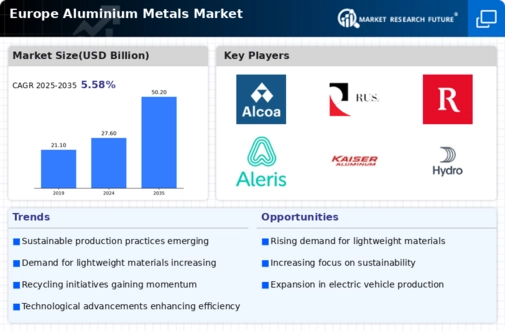
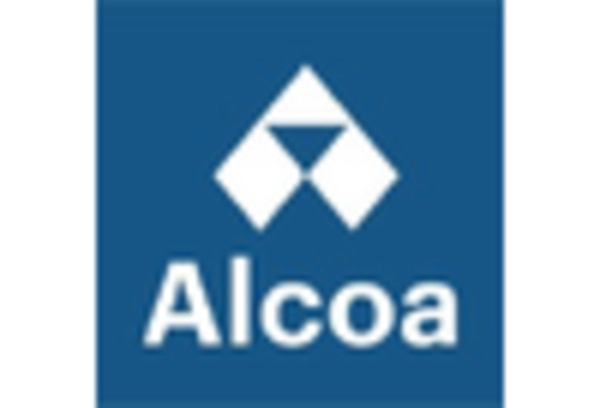
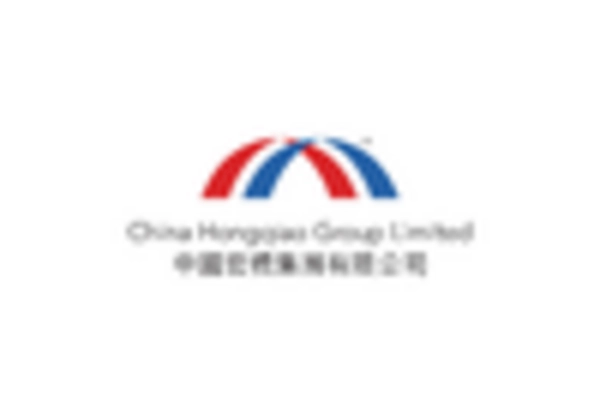


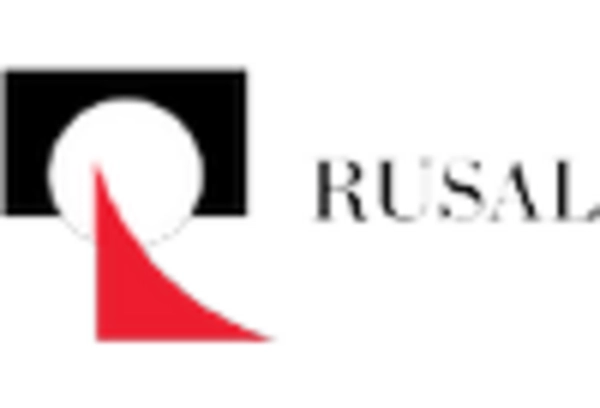
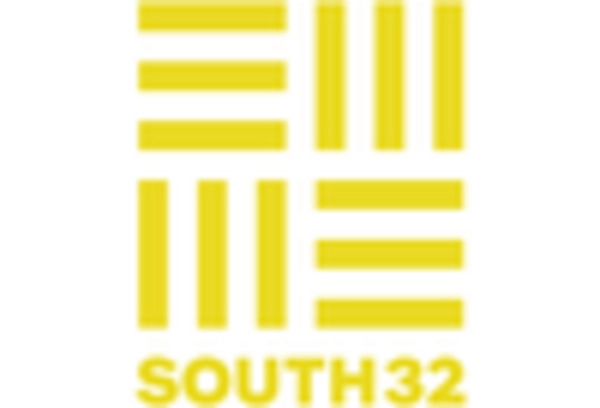








Leave a Comment